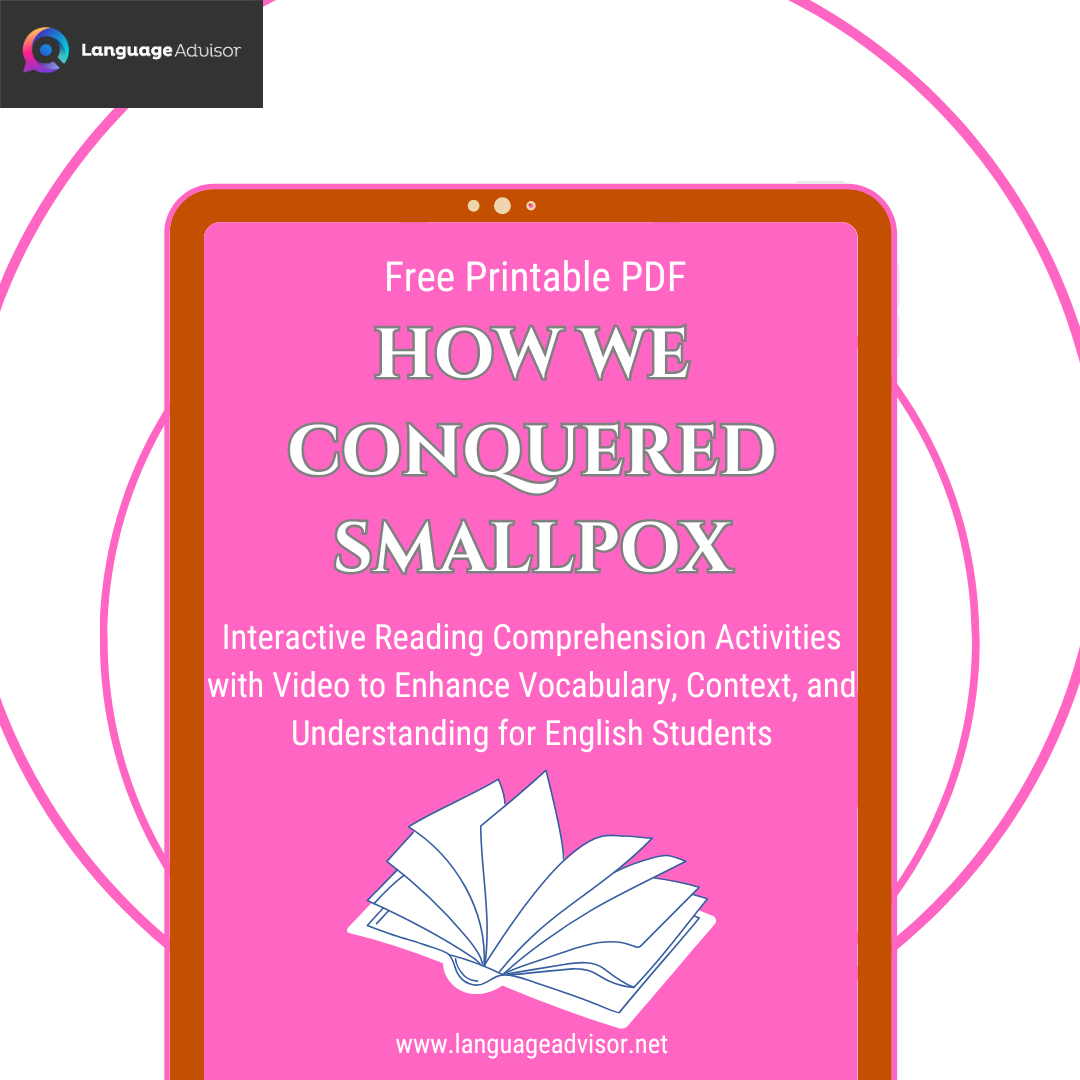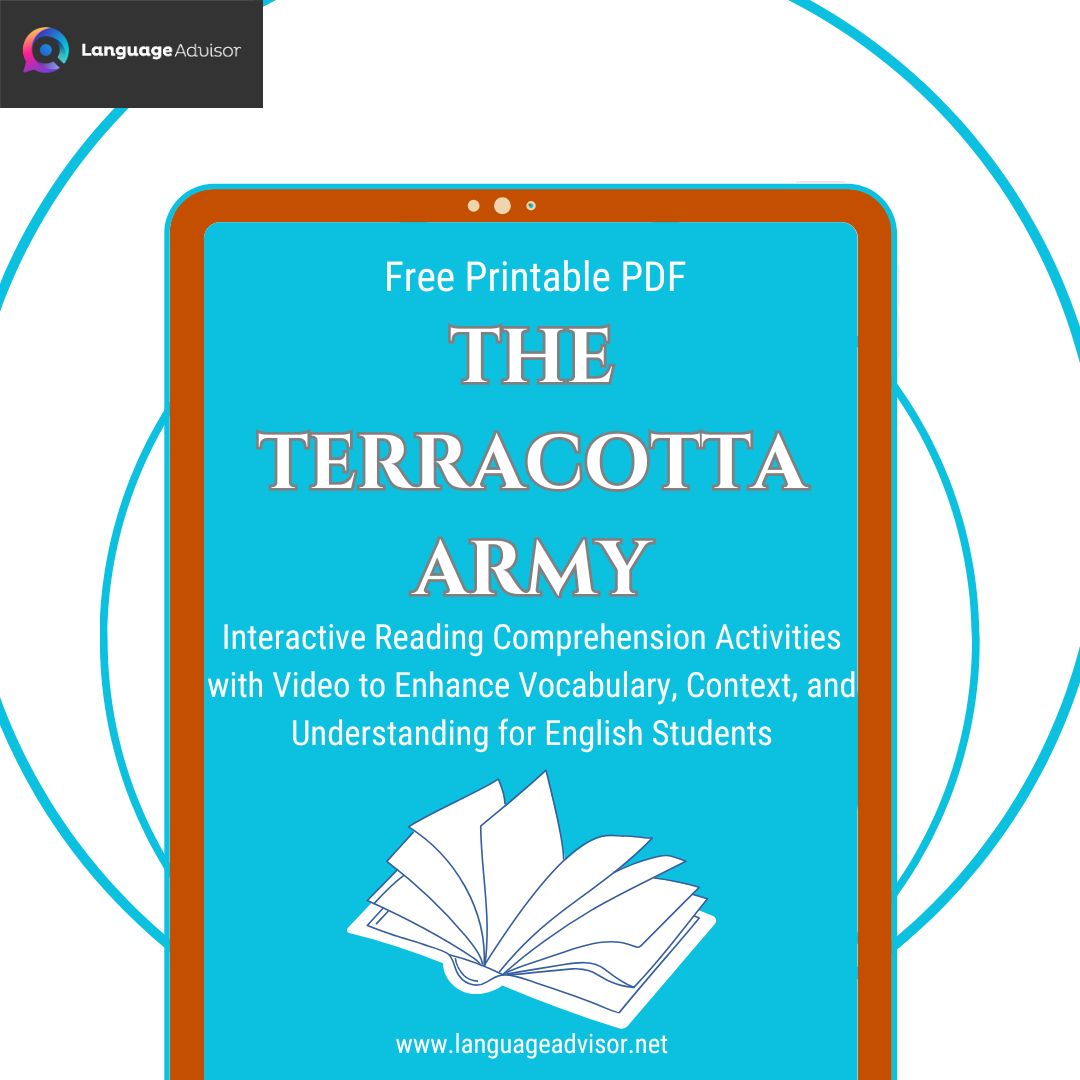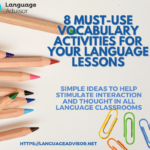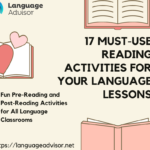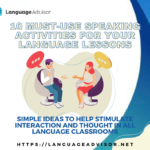10 Must-Use Listening Activities For Your Language Lessons. Simple ideas to help stimulate interaction and thought in all language classrooms
10 Must-Use Listening Activities For Your Language Lessons
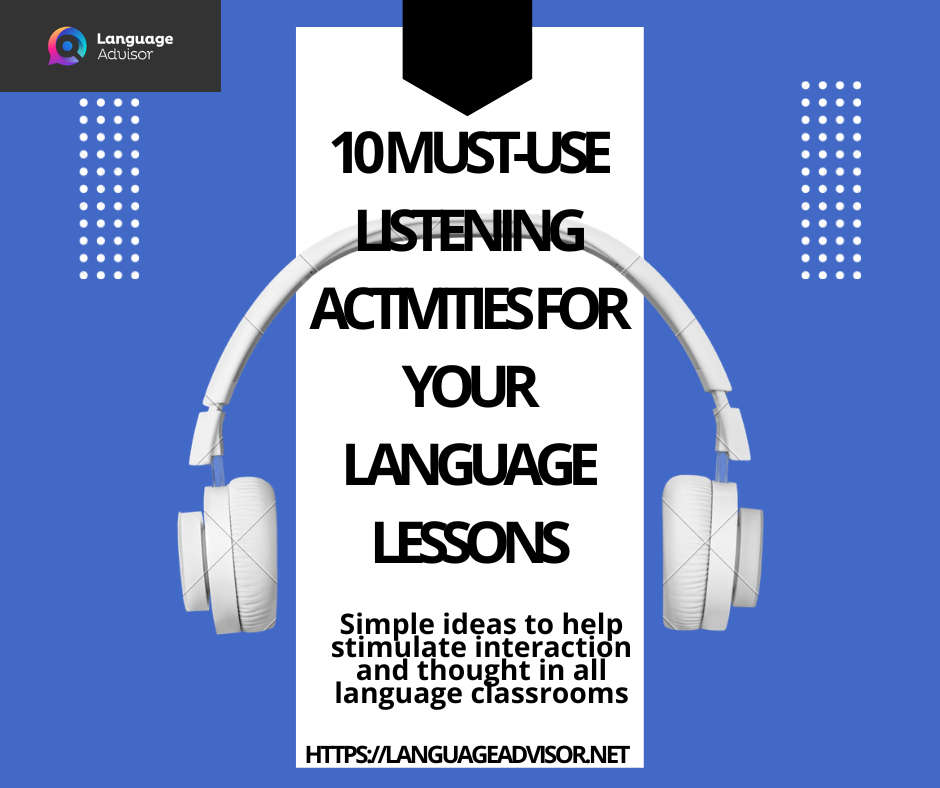
10 Must-Use Listening Activities For Your Language Lessons. Fun Listening Activities for All Language Classrooms
10 Must-Use Listening Activities For Your Language Lessons
A list of 10 Must-Use Listening Activities For Your Language Lessons to keep your students engaged.
The communicative teacher certainly considers well-planned listening activities, and pays close attention to how they are structured and how they will be assessed. The activities listed below will not generally show assessment or evaluative techniques, but rest assured that you should spend time thinking about how you would determine the success of each activity.
Keeping the end of the activity in mind will help you clarify your language objectives for each activity (in fact, some teachers only have very vague ideas about an objective at all). Remember that a listening activity should not be a “break” in your instruction, but represents an opportunity for students to gain information, skills, and achieve goals.
Since listening is generally given at the rate of speed of the speaker rather than the receiver, it can be more difficult than reading, which can be received at a learner’s own pace. This difficulty can be overcome as you find techniques to help make listening activities more clearly understood.
Teachers can break down listening activities and lighten the cognitive (learning) load of participants in several ways. For example, the simple technique of repetition cannot be overstated. If students are struggling with a listening activity, consider having students listen more than once and perhaps evendiscuss or write down what they heard.
Another important way to break down listening activities is to pre-teach vocabulary, or to share key concepts ahead of time. Using prediction activities or follow-up questions also help to reinforce the information that students have received.
In some sense, a successful communicative teacher is not just one who is able to create strong language activities, but someone that creates a strong support system around each activity that is created.
We have two ears and one mouth so that we can listen twice as much as we speak.
~
Epictetus

10 Must-Use Listening Activities For Your Language Lessons
What follows are a few very simple ideas to help stimulate interaction and thought in an classroom.

The Missing Half
Description
Divide an article in two, and assign the half of the students to read the first half of the article, while the second half of the students reads the second half of the article. Invite the Student A partners to look for Student B partners (and vice versa). Invite students to read aloud the paragraph to the other partner, making sure the partner does not look. Give each pair comprehension questions (either placed on the board for them to answer on a separate sheet of paper, or a quiz, making sure that questions for Student A writes the answers to questions that relate to material spoken by Student B, and Student B answers questions that relate to material spoken by Student A.


Headbands
Description
Place the name of a famous celebrity on a headband, making sure that the person does NOT know what name appears on his or her own headband. For example, if studying a unit on sports, teachers might write a number of famous sports celebrities on the headbands like Maria Sharapova, Mohammed Ali, or Lionel Messi.
Students walk around the room and look at each headband, with clearinstructions not to say the name of the celebrity. The students take turns asking questions to each other in order to figure out their identity. Instruct students to give helpful clues to each other.
This activity can introduce a theme, help students to work on question formation, and give opportunities for students to respond to questions.


Back to Back
Description
This is not so much an activity, but a way to do an information gap activity that can be a lot of fun. Students are told to sit back to back: this may involve moving two chairs so that they face away from each other, or perhaps even sitting on the ground with backs touching, if appropriate. Now, in this configuration, give students an information gap assignment with express instructions to never turn around. As in a normal information gap activity, each student must communicate to the other to complete the missing information. This way of doing information gap works particularly well for drawing a picture or completing a map.


Quick 20-Question Quiz
Description
Ask learners to write down 20 questions from material they have recently learned (with the question on one side and the answer on the back). These questions are then put into a hat or box. At this point, teachers should review each question and add a few of their own before proceeding to the next step.
After reviewing or adding questions, the teacher then selects a question and reads it out loud, and the learners write down the answers. This is a more informal or simpler way of doing a quiz.

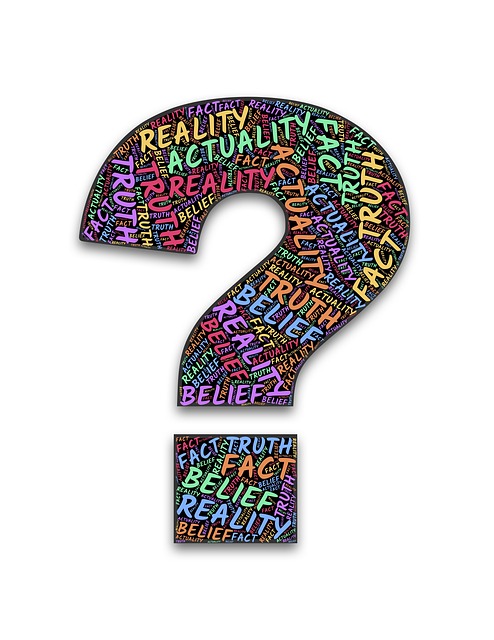
Truth or Fiction
Description
Instruct students to write something true but surprising about themselves,without revealing it to anyone else. (Example: I have eaten an entire cake by myself OR I have visited welve different countries). Tell students that the more unusual it is, the better.
Then, students write two untrue statements – they can also be unusual, but should at least be plausible enough to trick other students. Then, one by one, each student shares the
three items they have written down while the rest of the class members guess which item is “true” of the individual, and which items are “fiction.”
Upon carefully listening to each truth and lie, class members then vote which item they think is true and which items they think are fiction. For advanced levels, you can invite class members to ask questions and deliberate in groups or pairs before voting. This activity can help learners pay attention to not only the words of a speaker, but to tone and body language.


Draw a Picture
Description
Instruct students to draw a picture, according to the teacher’s specific directions.
Be sure to have the directions written out in advance, and also have a picture to show students after their attempts at drawing according to your instructions.
As a variation, several similar pictures can be placed on a board. The teacher then starts describing one of the pictures. Students should locate the correct picture based on the description. They can do so by raising their hand, writing down the number, or discussing with a group.


Fetch It!
Description
The teacher asks a student to perform a task (generally, asking a student to pick up an item in the room or do something with an object in the room). The other students then attempt to determine whether or not the student did the behavior correctly. Multiple students can also be asked to perform a similar action, such as make a paper airplane.
One way to make this assignment more difficult (and fun) is to ask students to listen to the teacher’s words (Place your paper on your chair), but then do something different, such as put the paper on a desk. Students who follow the words instead of the actions are rewarded for good listening.


Secret Orders
Description
Divide students into two teams. Invite teams to select a team leader and a team performer. The team leader stands closest to the teacher, and all the other students stand in a line behind him. The team performers are the last students in line. The team leader is the only one who is allowed to see a piece of paper that contains an “order” on it. Orders can be brief or complicated, depending on the level of the target language of the students.
Easy: Stand on one foot.
Difficult: Pretend you are a tree falling in the forest because you are being chopped down).
The student must verbally relay the message to each person on his team. When the message is finally relayed to the performer, the performer must act out the order.


Story with Mistakes
Description
Read a story with students and remind students to listen carefully. Explain that
you might make mistakes as you read it (you can say, because I forgot my glasses, or another excuse if you wish). Then have students correct you as you make mistakes. Making mistakes that are intentionally funny or foolish can help students enjoy your story reading.


Guest Speaker
Description
Invite a guest speaker that might be of some interest to the students. Before the speaker comes, invite students to write down questions ahead of time that they want to ask the guest speaker, and then have students ask those questions during or after the guest speaker’s presentation. You may wish to tell the guest speaker ahead of time what questions the students have.

10 Must-Use Listening Activities For Your Language Lessons
Here are some other Listening activities you can find on Language Advisor
Listening Activities For Your Language Lessons




